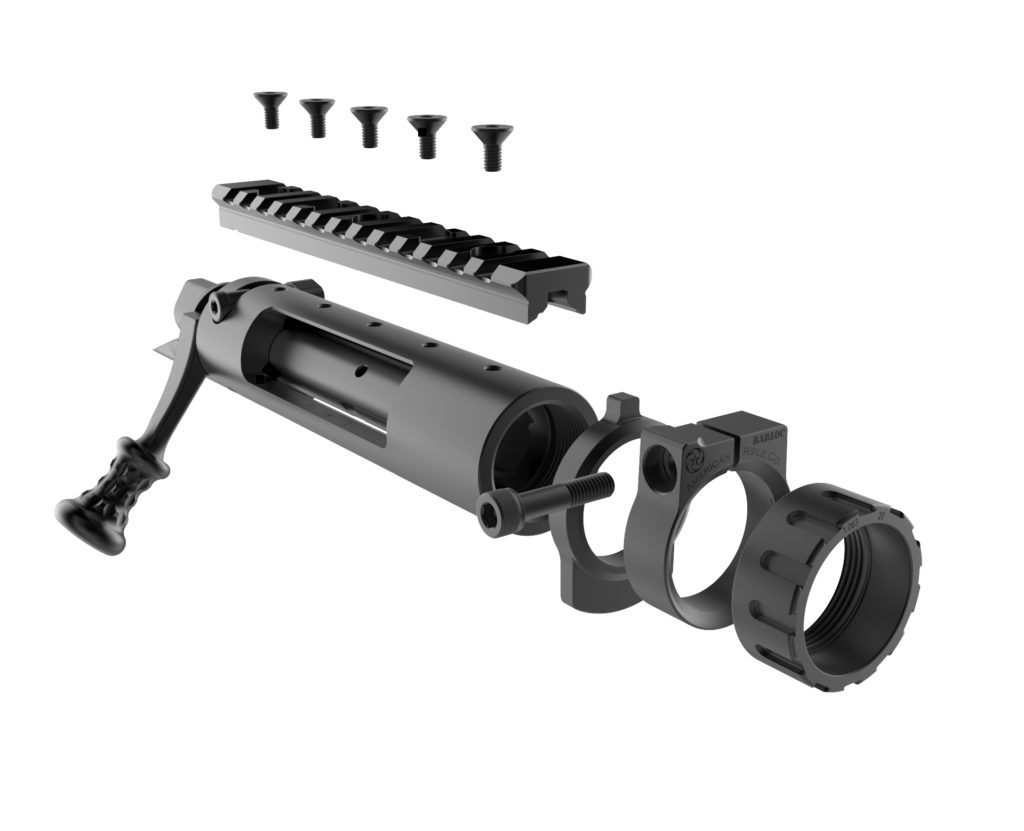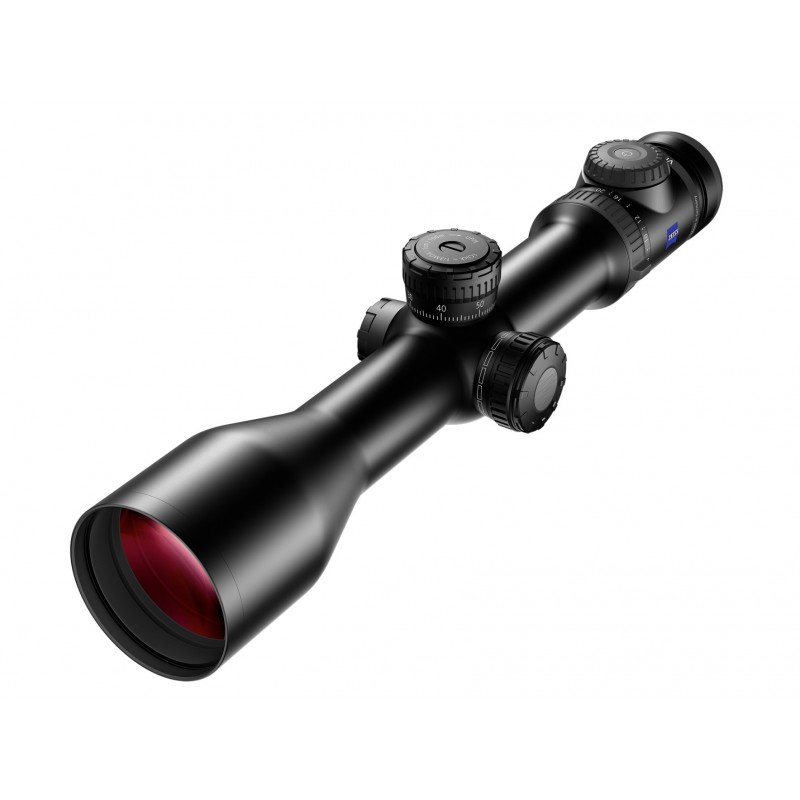Or, playing with Fusion 360’s Generative Design feature, which is available for free until January 2020!
I spend a fair portion of my every day at the office subtracting material from gun stocks to make receivers, barrels, and bottom metals fit. To be very clear, a firearm is a tool, a tool where the forces involved in the standard operation represent a hazardous condition if things aren’t right. More than that, they are a tool someone may bet life and limb on at some point.
Given the serious nature, and not discounting the fact I many times have 20 minutes to let my mind ponder these things while I watch a machine run, a great deal of thought goes into the forces at play and how my actions affect the structural integrity of the end result.
Autodesk has been spamming me non-stop about a free period of generative design in their Fusion 360 product and I decided it might be fun to validate a few assumptions about rifle stocks and play with Fusion 360 at the same time.
I probably should have spent a little time brushing up on long-forgotten basic physics before I began. Specifically, I should have made sure I had a good recall of the information required to make accurate inputs for the “Structural Loads” portion of the generative design. These loads are how the forces of recoil would be accurately interpreted by the analysis and enable it to generate something resembling an accurate output. I didn’t do that, I just pulled a few things that sounded semi-reasonable out of the air and ran with it. I will have to circle back on this.
For those not familiar with the construction of rifle stocks they are many and varied, but generally speaking, high-end stocks come in two forms outside of injection-molded stocks and “chassis” systems. There are wood stocks, in which the species of wood, the particular cut of wood, grain orientation, and etc. are all very pertinent to the structural integrity of the stock. Laminated wood is a bit different animal. Most of the stocks I deal with day to day, though, are of the composite variety. They are constructed of a fiberglass or carbon fiber shell filled with a “fill” material. The shell on these stocks is exactly what you would expect of a fiberglass or carbon fiber part, they are various layers of cloth material molded into the appropriate shape. Typical shell thickness ranges from 0.025″ to 0.125″, largely depending on fabric type, the brand of stock, location on the stock. This otherwise hollow shell is stuffed full of a combination of epoxy and a variety of other filler materials, most commonly little pieces of chopped or milled fiberglass or silica.

The assumption typically made is the strength and overall structural integrity of a composite stock is largely in the shell. The fill is typically there to support the various features and accessories, such as the recoil lug area forward of the receiver, sling studs or flush cups attached for carrying, etc. Ok, cool, seems reasonable. Except, when we install a barreled action, bottom metal, and everything else into a stock to make a complete rifle, we tend to gut the thing. The entire top gets hogged out, almost to the edges, for the receiver. Likewise, underneath the receiver, most of the bottom gets hogged out for the bottom metal. Most of what is left of the shell are the two sides of the stock, which doesn’t seem to lend as much structural integrity as one would like… Especially directly rearward of where the recoil gets absorbed into the stock.
I wasn’t intending to be very scientific, I was just hoping to start getting an idea of how the forces are transmitted through the stock. So here we go — to start, I modeled up an extremely simplistic representation of a barreled action. The bolt and bolt handle was modeled in very simple form both closed and fully open.
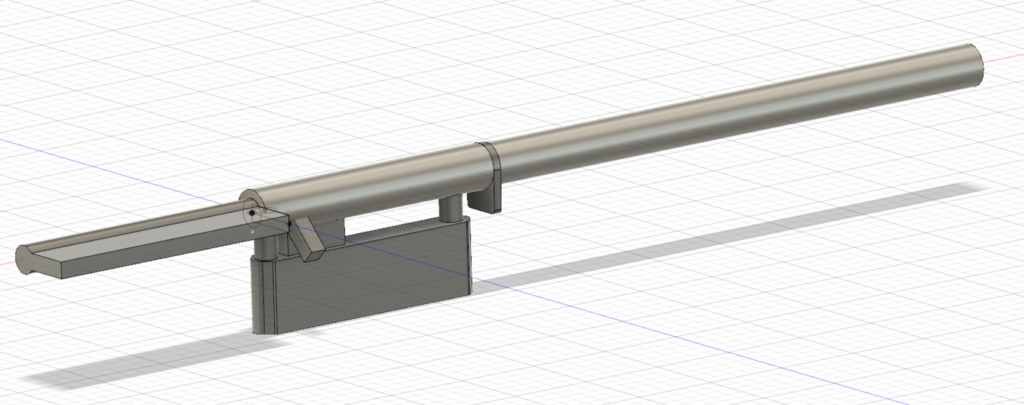
This generative design functionality in Fusion 360 requires 3 major elements. You must define all of your required features, in our case things such as where the recoil lug will transmit force into the stock, and where the recoil pad will attach / where the stock will transmit force into your shoulder. Fusion refers to these features as “Preserve Geometry”. You must also define your “Obstacle Geometry”, these are all the places you don’t want the software to put any material. In our case, we have a receiver, recoil lug, bolt, bolt handle, barrel, bottom metal, trigger, etc. We don’t want the software to create structural elements of our stock that can’t actually exist, because another component of the rifle has to live there.
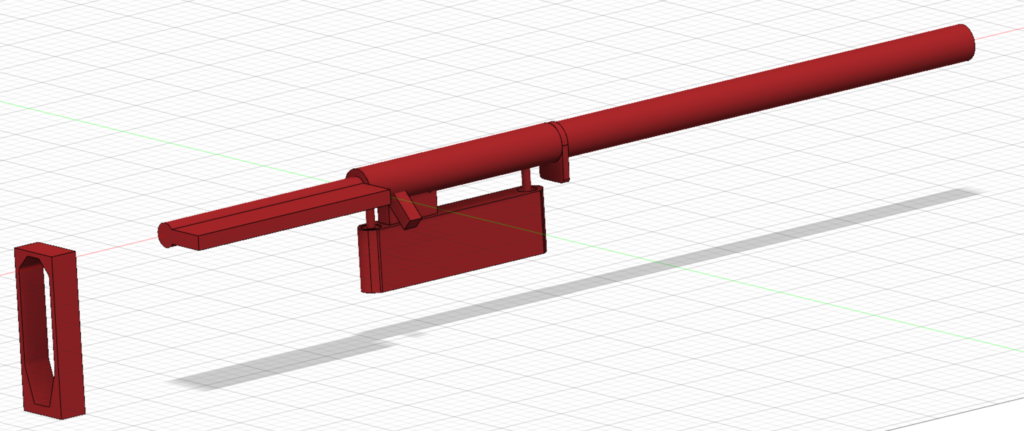
I created only four features the software was asked to preserve, the rear of the recoil lug well, the recoil pad attachment face, and two pillars with lengths typical of an M5 short action DBM.
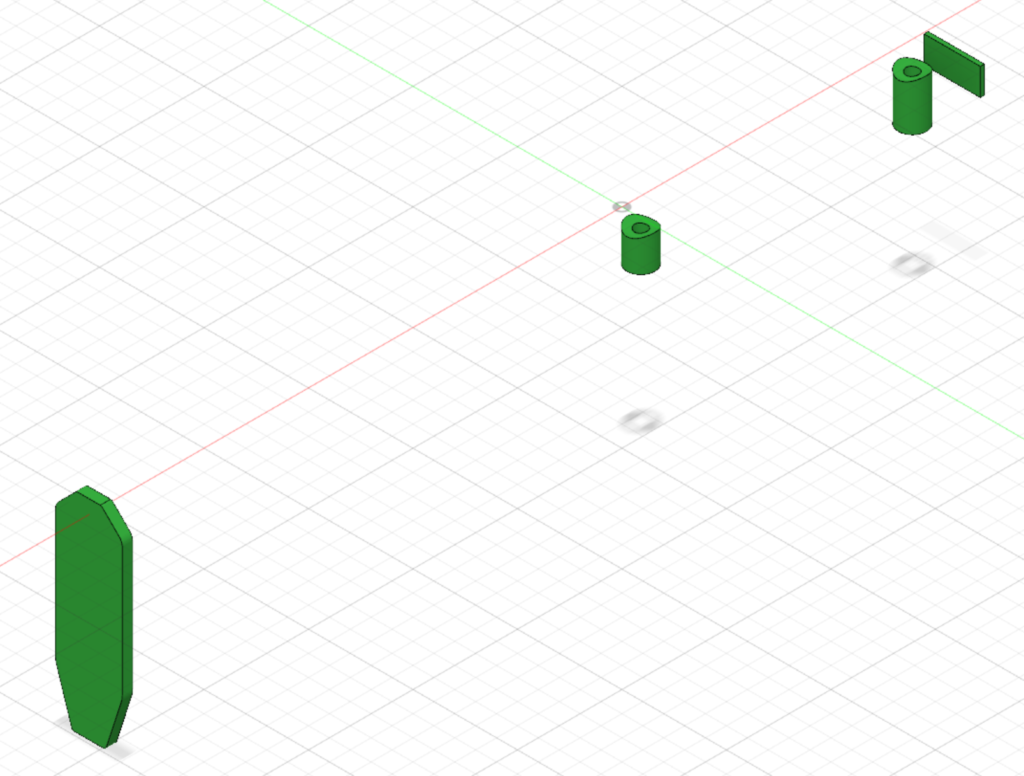
Loads must also be defined. The force of gravity is pre-defined for you by the software, but it can be nuked or modified if necessary. This is probably one of the more critical parts of the whole deal, garbage in – garbage out, as they say. Accurately defining the loads your part/object will be subject to will allow the software to generate a model able to withstand those loads. Not accurately defining these constraints will put you out in left field, guessing — but today I ignored this fact I already knew and think I learned a few things anyway, TBD.
I also ignored any form or fashion of stock “user interface”. In theory, once this design is generated, you could install a barreled action and bottom metal, pull it to your shoulder, and fire it. Doing so would be a bit of a trick, however, as there are zero provisions for actually holding onto this generated stock, nowhere to rest your cheek, none of what makes a stock — well, a stock. A stock really has two jobs, it has to hold onto the receiver and all the other components, and deal with all the forces that happen when fired. The stock also has to serve as a comfortable and intuitive user interface, allowing one to use the firearm effectively. Yes, we are absolutely ignoring that second one, to be continued…
Fusion will also allow you to constrain your simulation to particular materials and production methods. My general sense is the materials are accurately simulated at least for parts that will ultimately be machined, perhaps not created additively, such as with 3d printing. I also have the impression the various options related to how the part will be produced is somewhat hand-wavy. At least in my experience thus far it seems dubious to think you might actually end up with a part you can turn around and produce using this method. You will be money ahead if you simply use it as a means of idea generation.
I ran the generation process with a variety of materials and production methods, but I will only be sharing the results of the CFRP (Carbon Fiber Reinforced Polymer) material. CFRP adequately describes the construction of a composite stock, but considering a stock is a shell with fill I will be taking any output with an additional grain of salt (or in the case of Fusion, adding in some additional “Safety Factor”).
I ultimately ran two different simulations with different loads and settings. One a bit on the side of having this big piece of thing that needs to carry a barreled action around, but doesn’t necessarily need to withstand much recoil. There are a variety of settings related to the design objective at your disposal in this process. For the first simulation, with low recoil loading, it was directed to maximize stiffness at low target weight.
As you can see from the images below, the generative design process resulted in a stock a bit exoskeletal in nature, for lack of a better term. You can imagine this trellis-like structure would result in an overall part that was fairly stiff at a low weight — around 200 grams in this case.
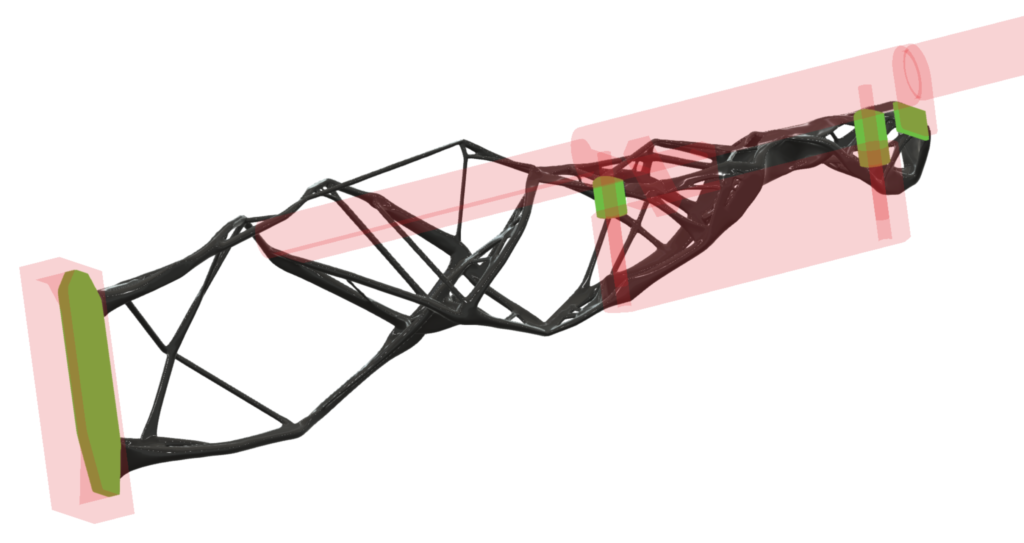
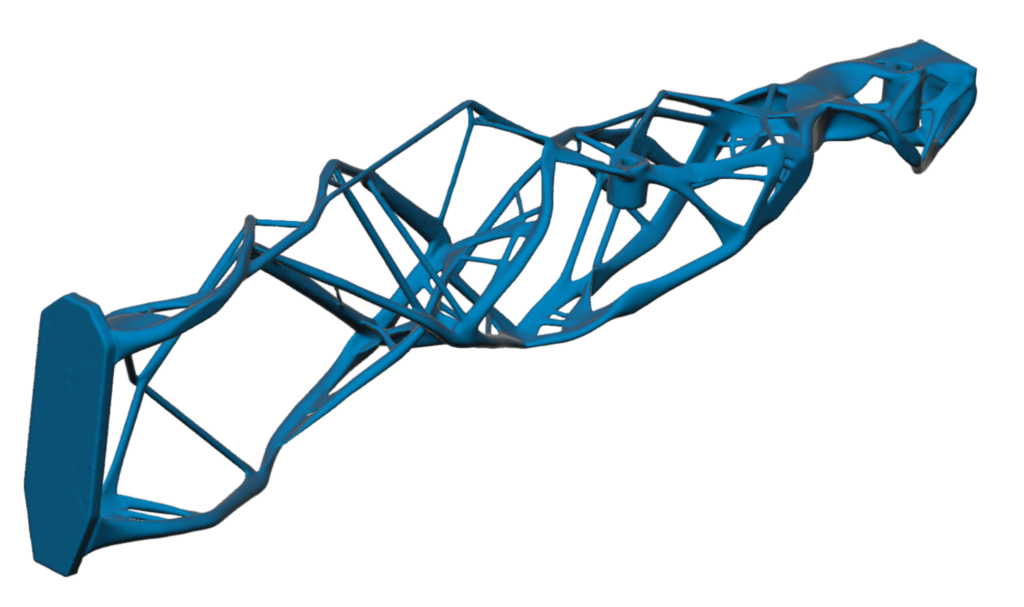
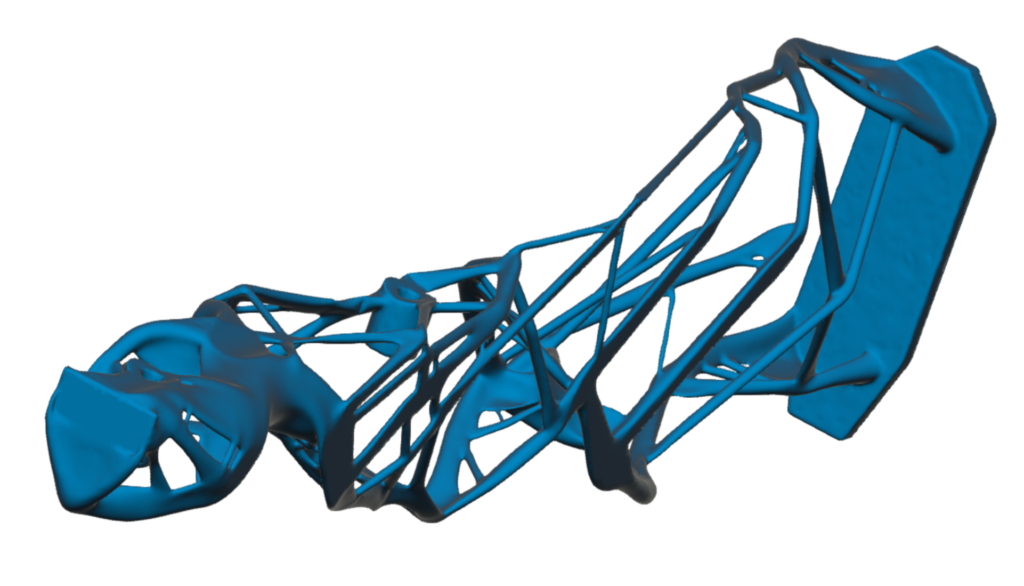
The other simulation was performed as if the stock was going to have to eat a ton of punishment coming through the recoil lug area. The objectives for this simulation were a bit in opposition to the previous one. It was instructed to minimize mass while handling the specified forces, with a defined safety factor.
As you can see in the following images of the result, this design was very simple and architectural. The generative process resulted in what looks to be as close as it could come to a linear beam between the lug face and the recoil pad. This thing would very likely eat recoil quite well, but might also be a bit of a wet noodle to handle — but also at around 200 grams.
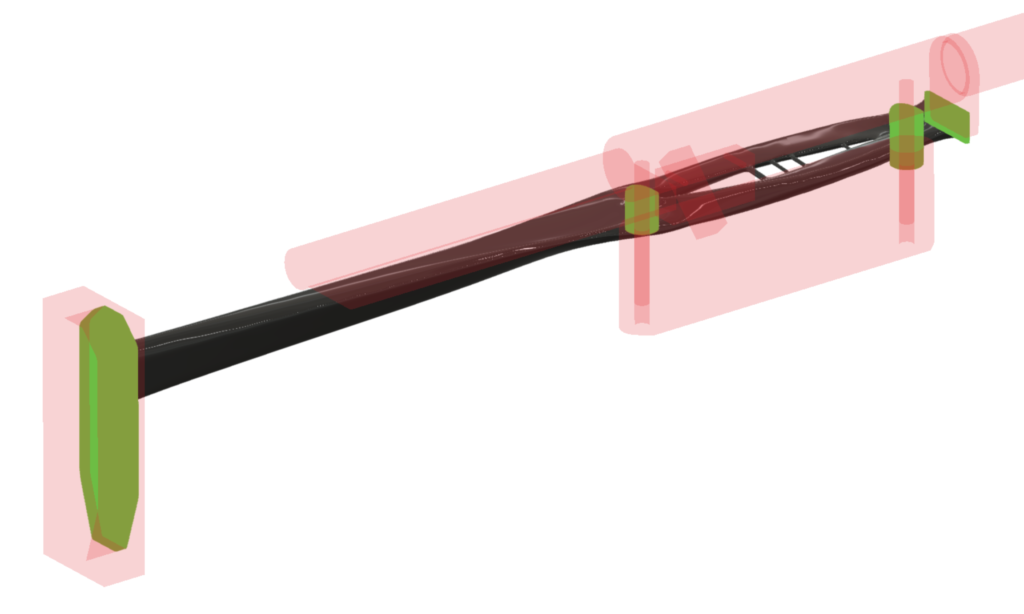
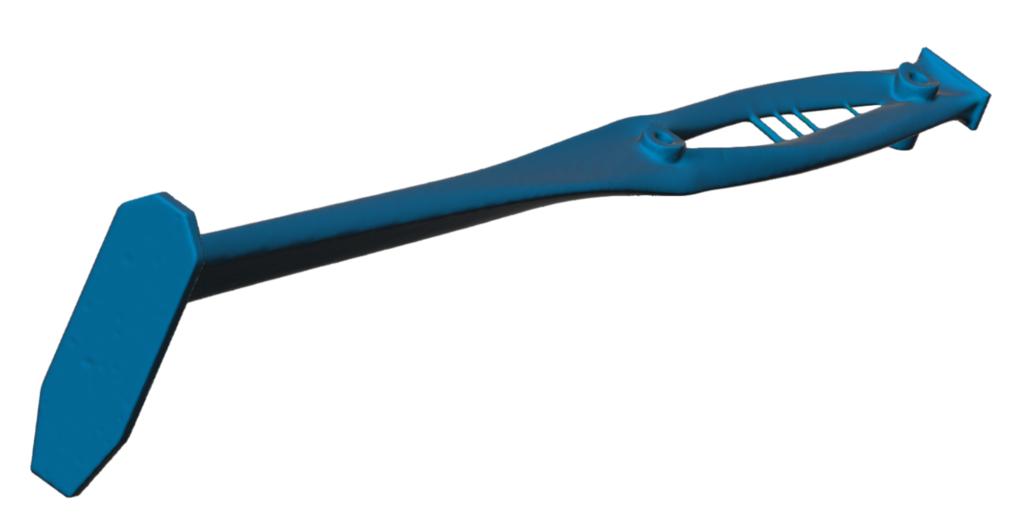
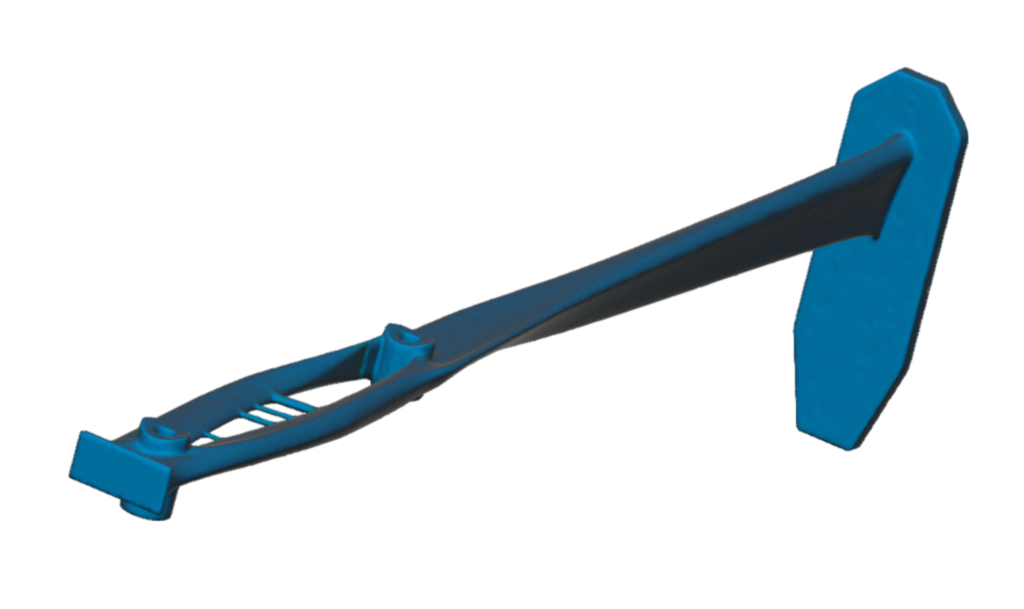
What’s the take-away? I have some thoughts, but I’m not sure these particular simulations spell out any sort of improved stock design on their own. You can grab my working file below if playing with this sounds like a lovely way to spend an afternoon!
The following are step files of the two results.
After a bit more time playing with generative design, it might be fun to bring things full circle by modeling a good representation of a “real” stock and playing with Fusion 360’s simulation tools. It would be interesting to see, with different material types applied, what manner of interaction there is between the shell and the fill material.
To be continued, just so long as I don’t get distracted by too many shiny objects.

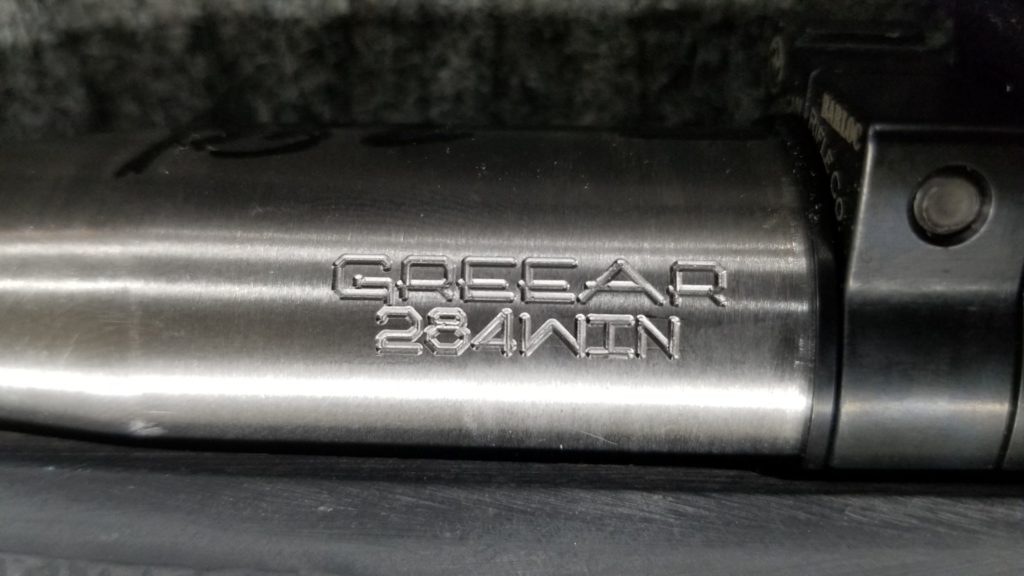
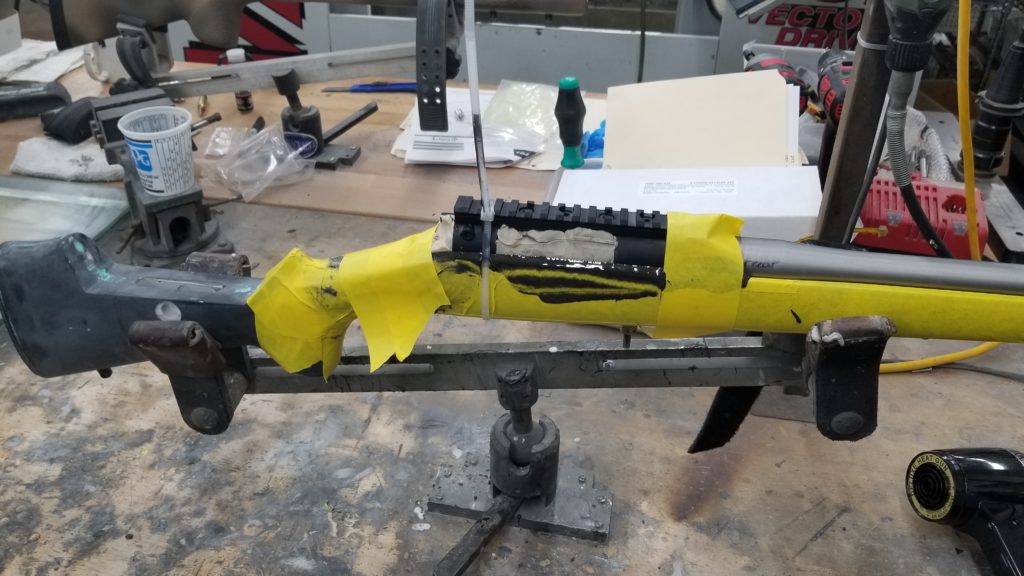
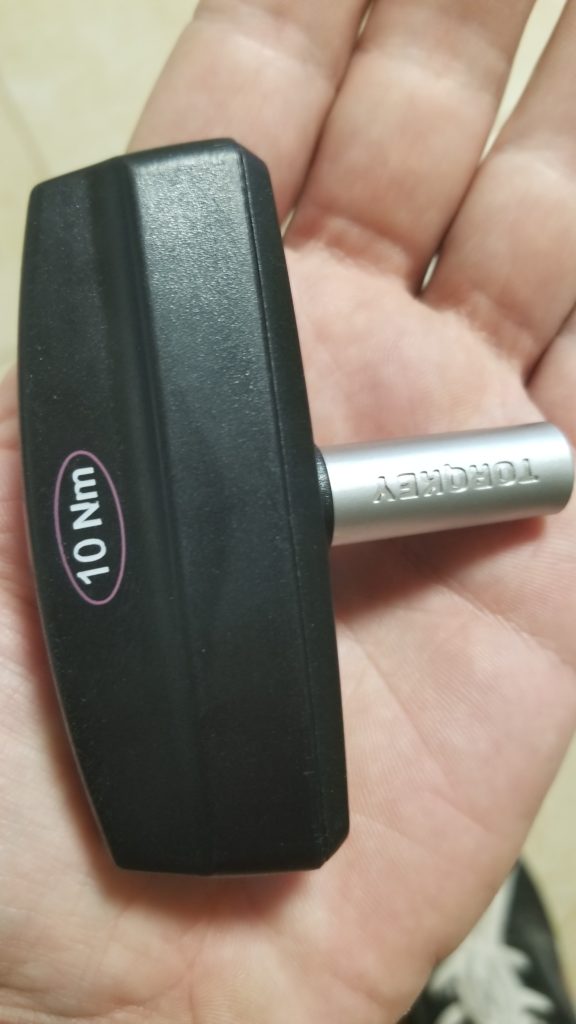
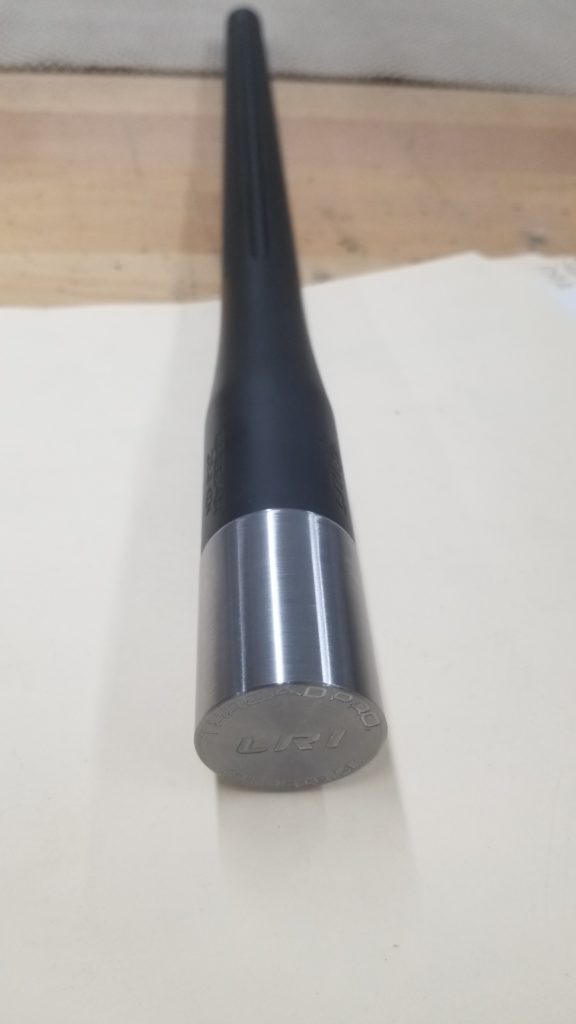
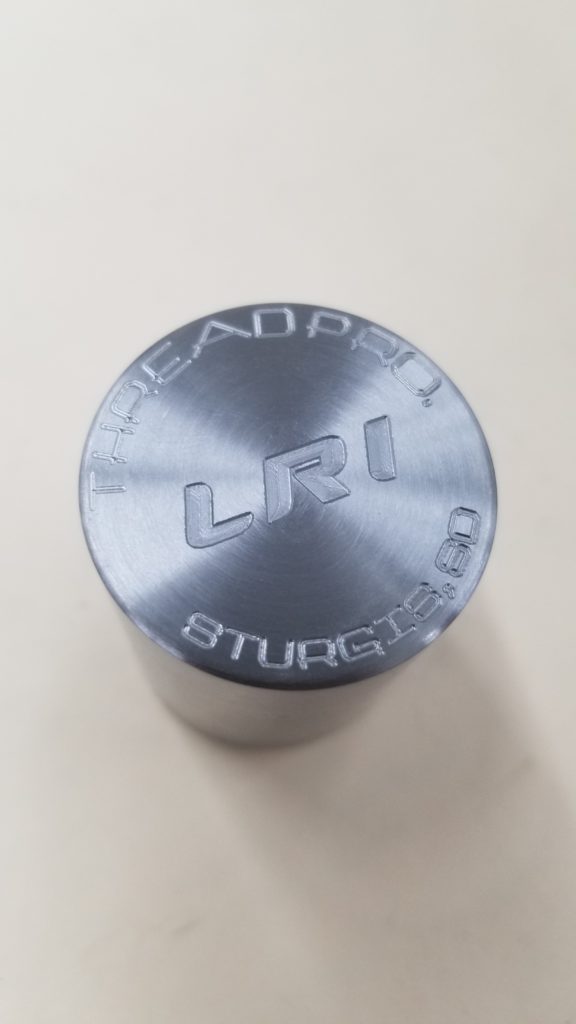
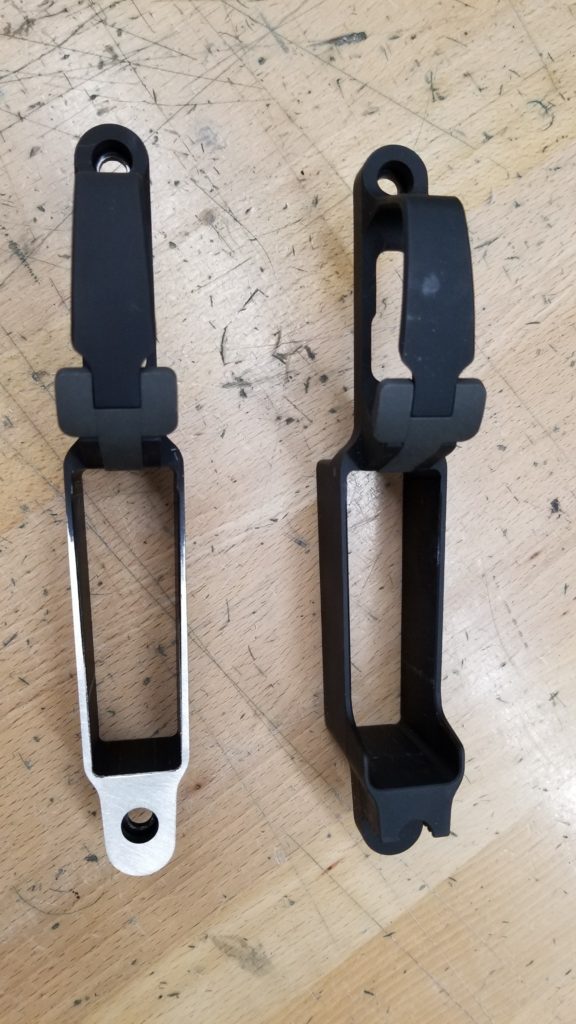
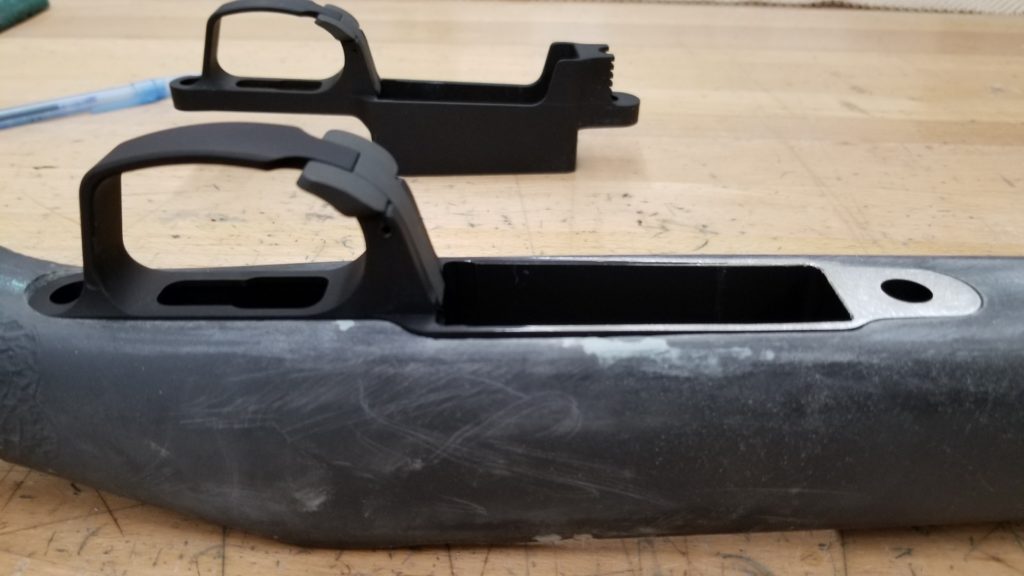
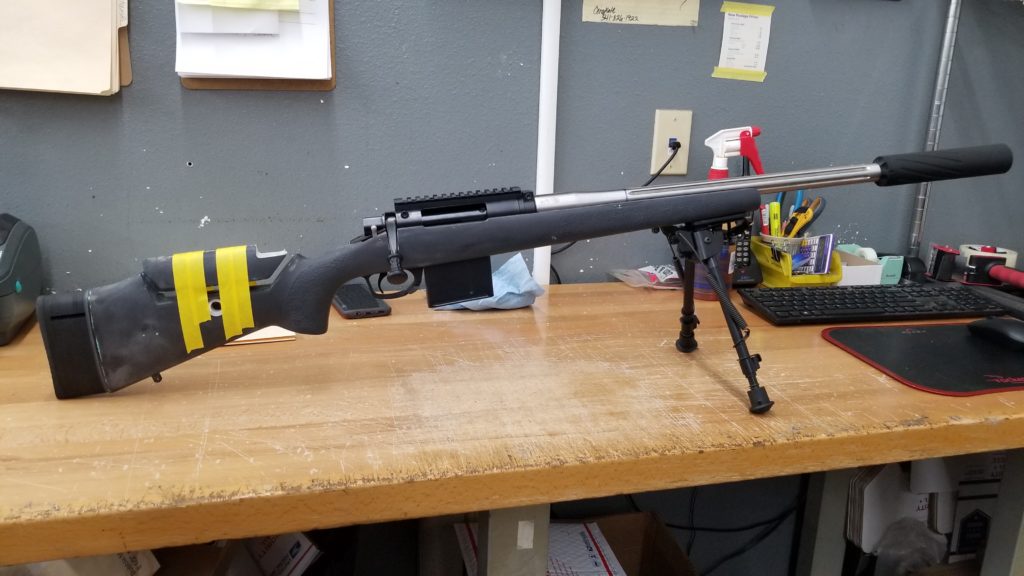
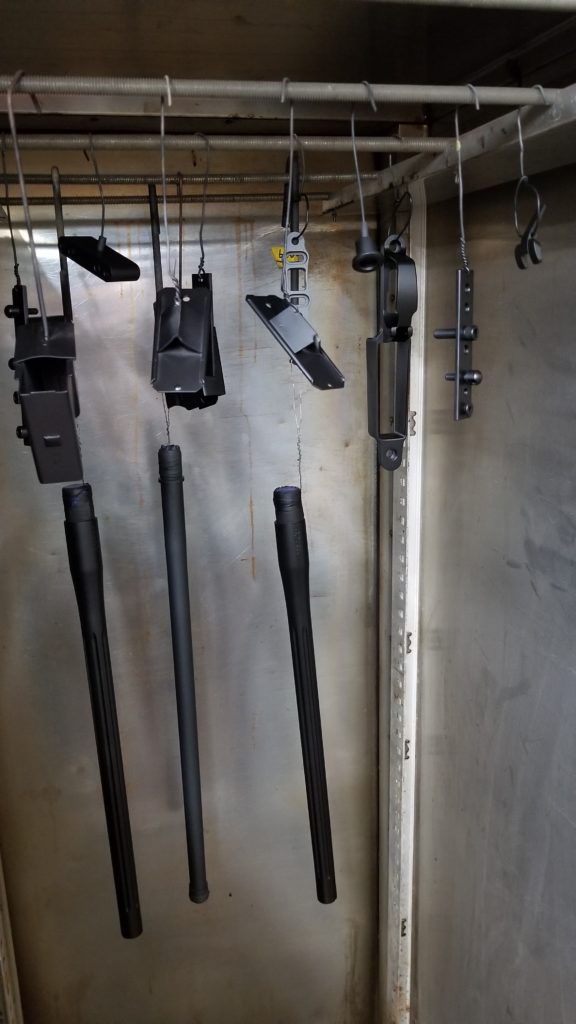
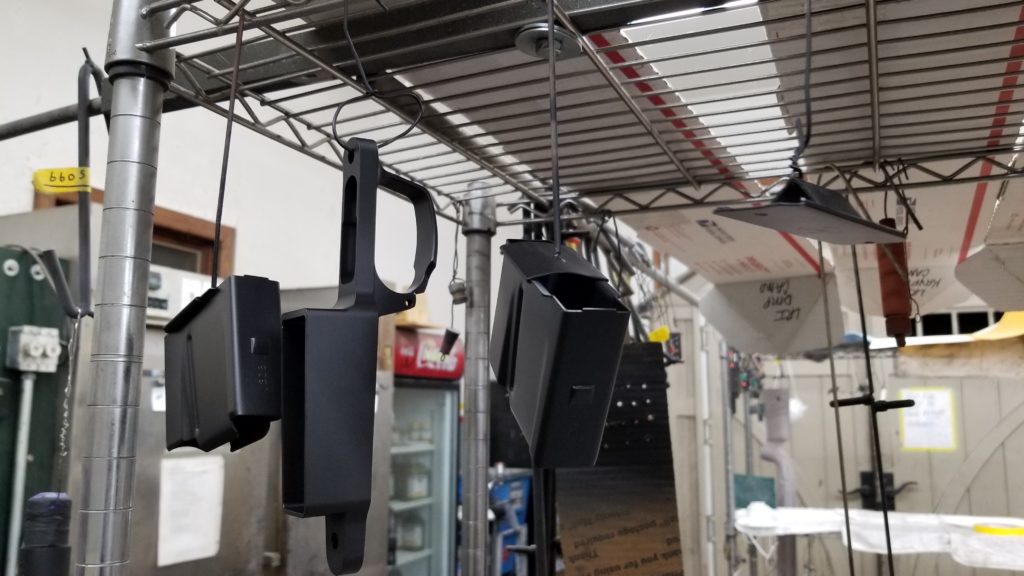
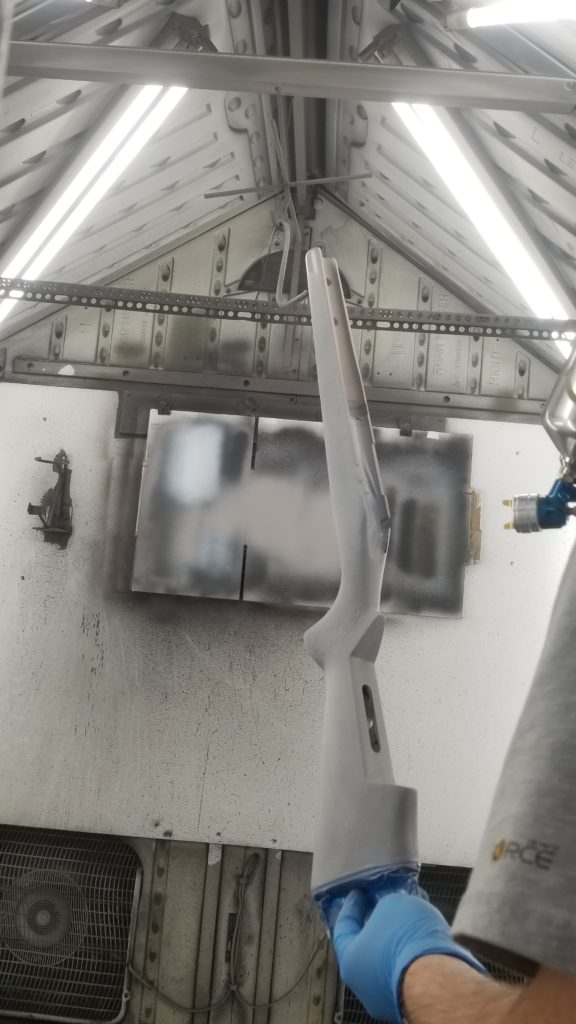
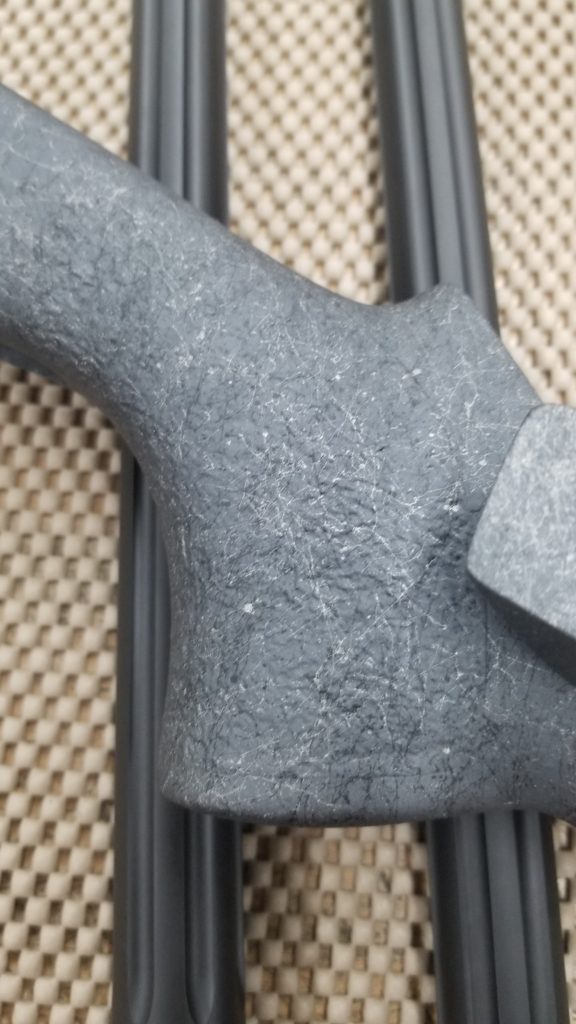
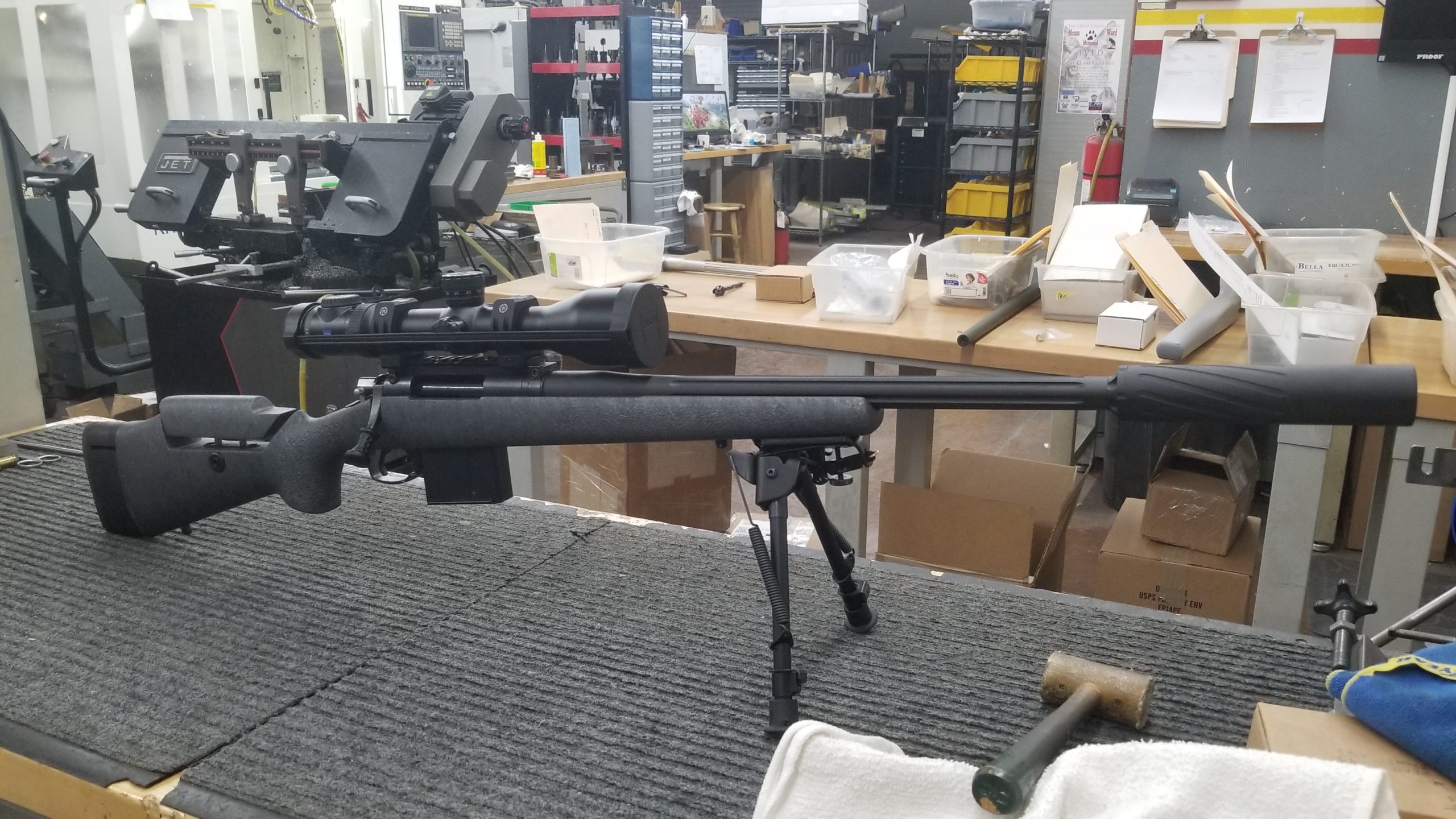
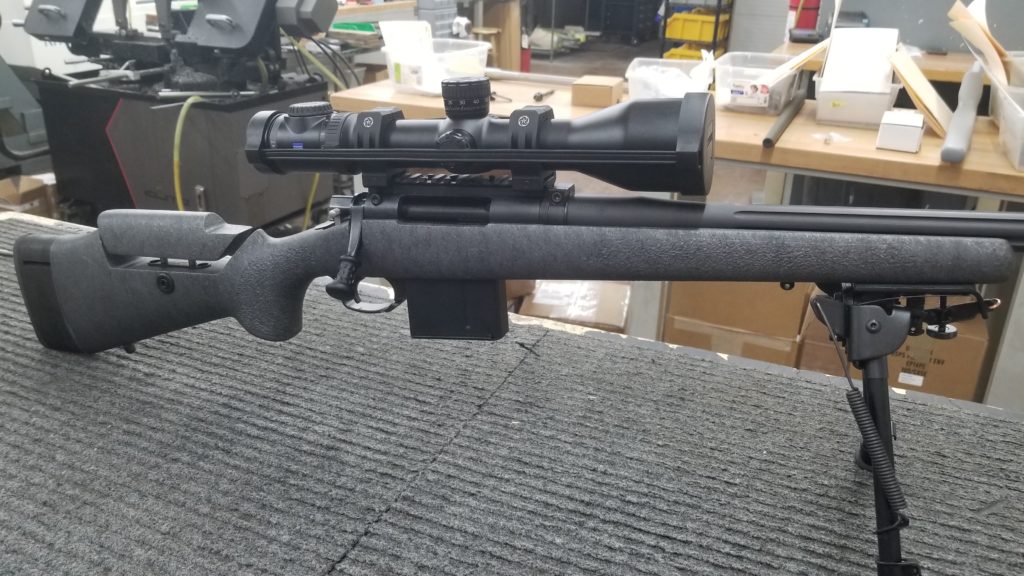
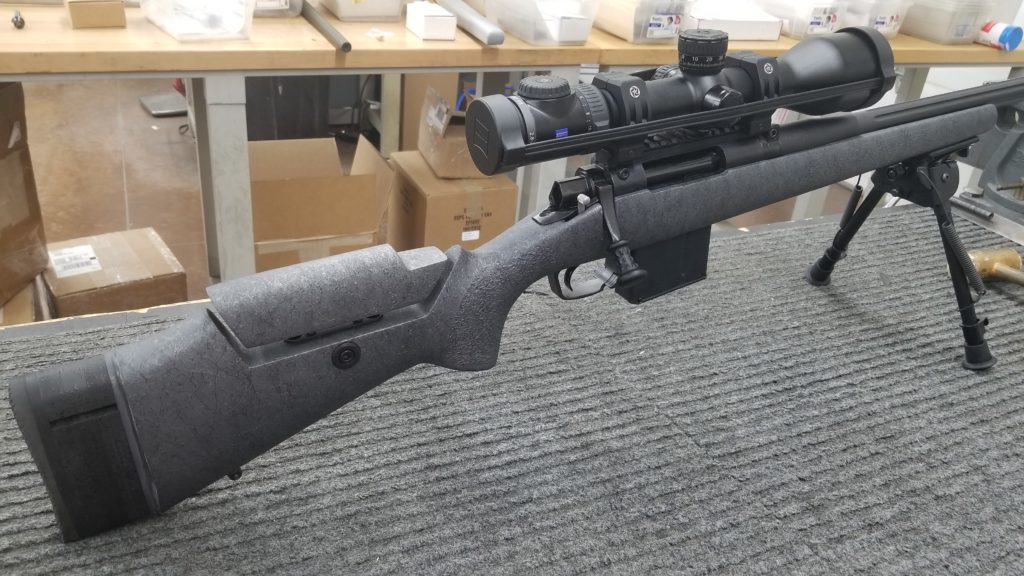
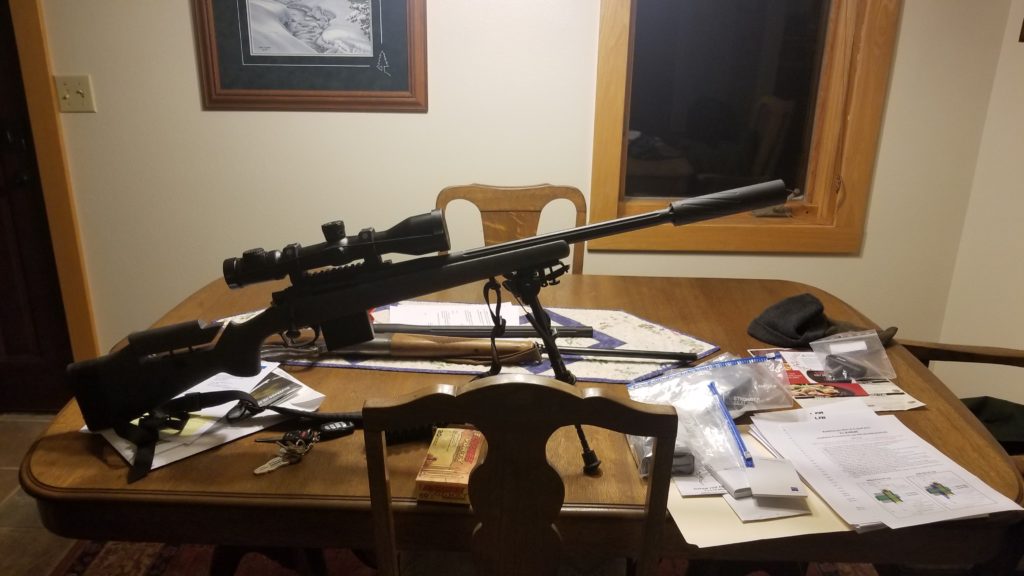
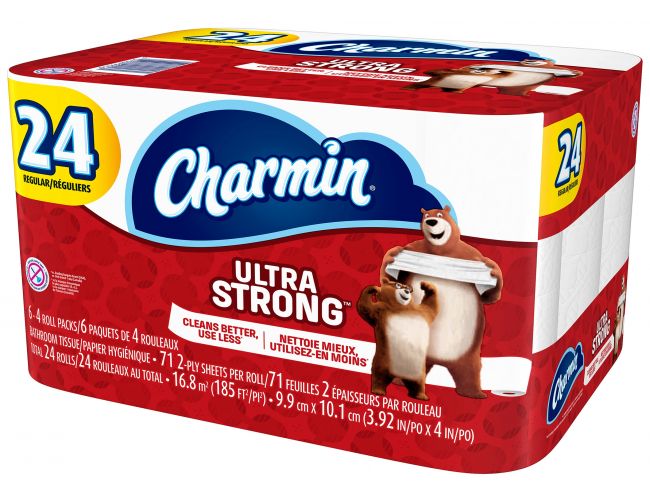
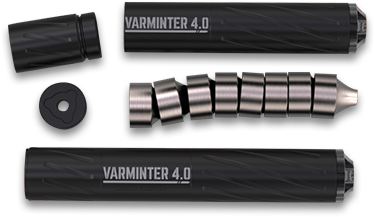 Based on the decision to run a 9″ suppressor the rest of the rifle needed to be short to be able to pack the whole package around, in and out of vehicles, or through the woods. I decided it needed to be based on a short action, and that there were plenty of big game capable short action cartridges available to make the package work. I was originally planning to build the rifle around an American Rifle Company Mausingfield action. Having seen these actions in person alongside numerous other tuned up and custom actions, there really just wasn’t anything else that could hold a candle to it. The Mausingfield is really just as good as it gets and the only negative thing anyone can say about it is that, well… it’s expensive. About the time I was ready to order the action, in early 2018 the American Rifle Company Nucleus was announced. The Nucleus retained many of the amazing combinations of features making the Mausingfield top-tier while adding some great additional features and reducing the price. Around the time the Nucleus was announced American Rifle Company also announced what they call the Barloc. This device makes it possible to quickly and fairly easily change barrels. It removes the need for a barrel vice, action wrench or any other special wrench such as for a Savage-style barrel nut. It even eliminated the need for a headspace gauge. If the barrel is re-installed to the same position, or with the same amount of torque, prior to tightening the Barloc, the headspace will be consistent every time the barrel is removed and put back on. Perfect. The Nucleus with a Barloc it is, and they were available at a discounted price at the time.
Based on the decision to run a 9″ suppressor the rest of the rifle needed to be short to be able to pack the whole package around, in and out of vehicles, or through the woods. I decided it needed to be based on a short action, and that there were plenty of big game capable short action cartridges available to make the package work. I was originally planning to build the rifle around an American Rifle Company Mausingfield action. Having seen these actions in person alongside numerous other tuned up and custom actions, there really just wasn’t anything else that could hold a candle to it. The Mausingfield is really just as good as it gets and the only negative thing anyone can say about it is that, well… it’s expensive. About the time I was ready to order the action, in early 2018 the American Rifle Company Nucleus was announced. The Nucleus retained many of the amazing combinations of features making the Mausingfield top-tier while adding some great additional features and reducing the price. Around the time the Nucleus was announced American Rifle Company also announced what they call the Barloc. This device makes it possible to quickly and fairly easily change barrels. It removes the need for a barrel vice, action wrench or any other special wrench such as for a Savage-style barrel nut. It even eliminated the need for a headspace gauge. If the barrel is re-installed to the same position, or with the same amount of torque, prior to tightening the Barloc, the headspace will be consistent every time the barrel is removed and put back on. Perfect. The Nucleus with a Barloc it is, and they were available at a discounted price at the time.